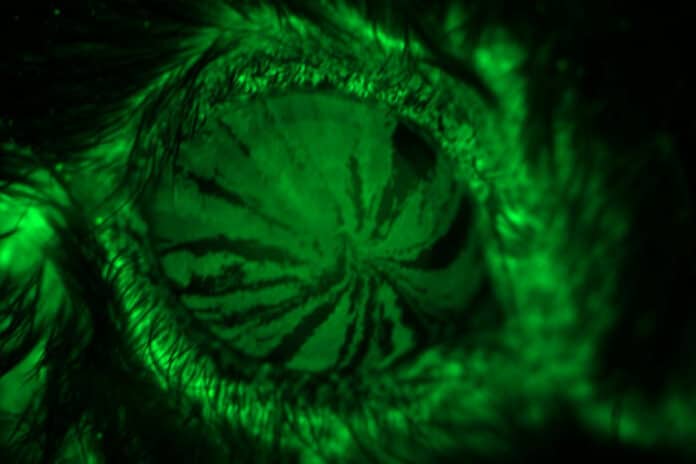When the eye cannot produce enough natural tears to lubricate the surface adequately, dry eye disease develops. People with the common disorder use a variety of drops to replace missing, lost natural tears and kept their eyes moisturized, but dry eyes are more prone to harm to the cornea.
A new study by researchers at Washington University School of Medicine in St. Louis found that proteins made from stem cells that regenerate the cornea may be new targets for treating and preventing such injuries.
Senior investigator Rajendra S. Apte, MD, Ph.D., the Paul A. Cibis Distinguished Professor in the John F. Hardesty, MD, Department of Ophthalmology & Visual Sciences, said, “We have drugs, but they only work well in about 10% to 15% of patients. In this study involving genes that are key to eye health, we identified potential targets for treatment that appear different in dry eyes than in healthy eyes. Tens of millions of people around the world — with an estimated 15 million in the United States alone — endure eye pain and blurred vision as a result of complications and injury associated with dry eye disease, and by targeting these proteins, we may be able to treat or even prevent those injuries more successfully.”
Scientists tested the genes expressed by the cornea in many animal models of various diseases, including diabetes, dry eye disease, and other illnesses. They discovered that the cornea stimulated the production of the SPARC gene in mice with dry eye illness. They also found that greater healing was linked to higher levels of the SPARC protein.
First author Joseph B. Lin, an MD/Ph.D. student in Apte’s lab, said, “We conducted single-cell RNA sequencing to identify genes important to maintaining the health of the cornea, and we believe that a few of them, particularly SPARC, may provide potential therapeutic targets for treating dry eye disease and corneal injury.”
Apte said, “These stem cells are important and resilient and a key reason corneal transplantation works so well. Suppose the proteins we’ve identified don’t pan out as therapies to activate these cells in people with dry eye syndrome. In that case, we may even be able to transplant engineered limbal stem cells to prevent corneal injury in patients with dry eyes.”
Journal Reference:
Lin JB, Shen X, Pfeifer CW, Shiau F, Santeford A, Ruzycki PA, Clark BS, Liu Q, Huang AJW, Apte RS. Dry eye disease in mice activates adaptive corneal epithelial regeneration distinct from constitutive renewal in homeostasis. Proceedings of the National Academy of Sciences, Jan. 2, 2023. DOI: 10.1073/pnas.2204134120
